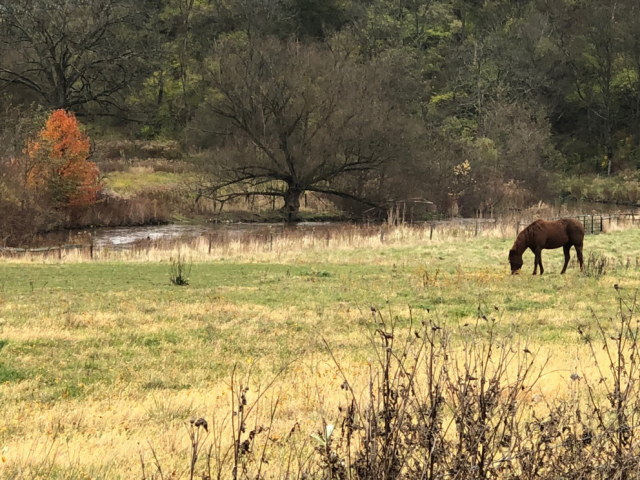Nov 13, 2019
Choosing most cost-effective practices for sites could save in bay cleanup
Using site-specific watershed data to determine the most cost-effective agricultural best management practices — rather than requiring all the recommended practices be implemented across the entire watershed — could make staying below the Chesapeake Bay’s acceptable pollution load considerably less expensive.
